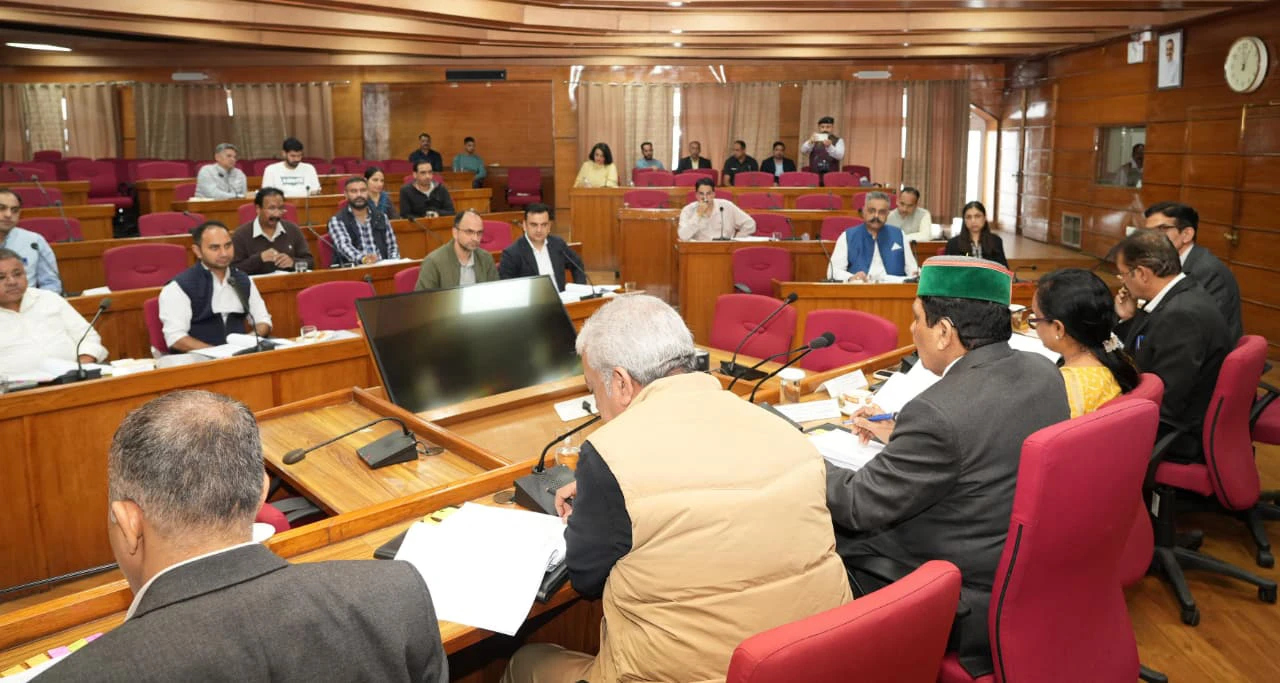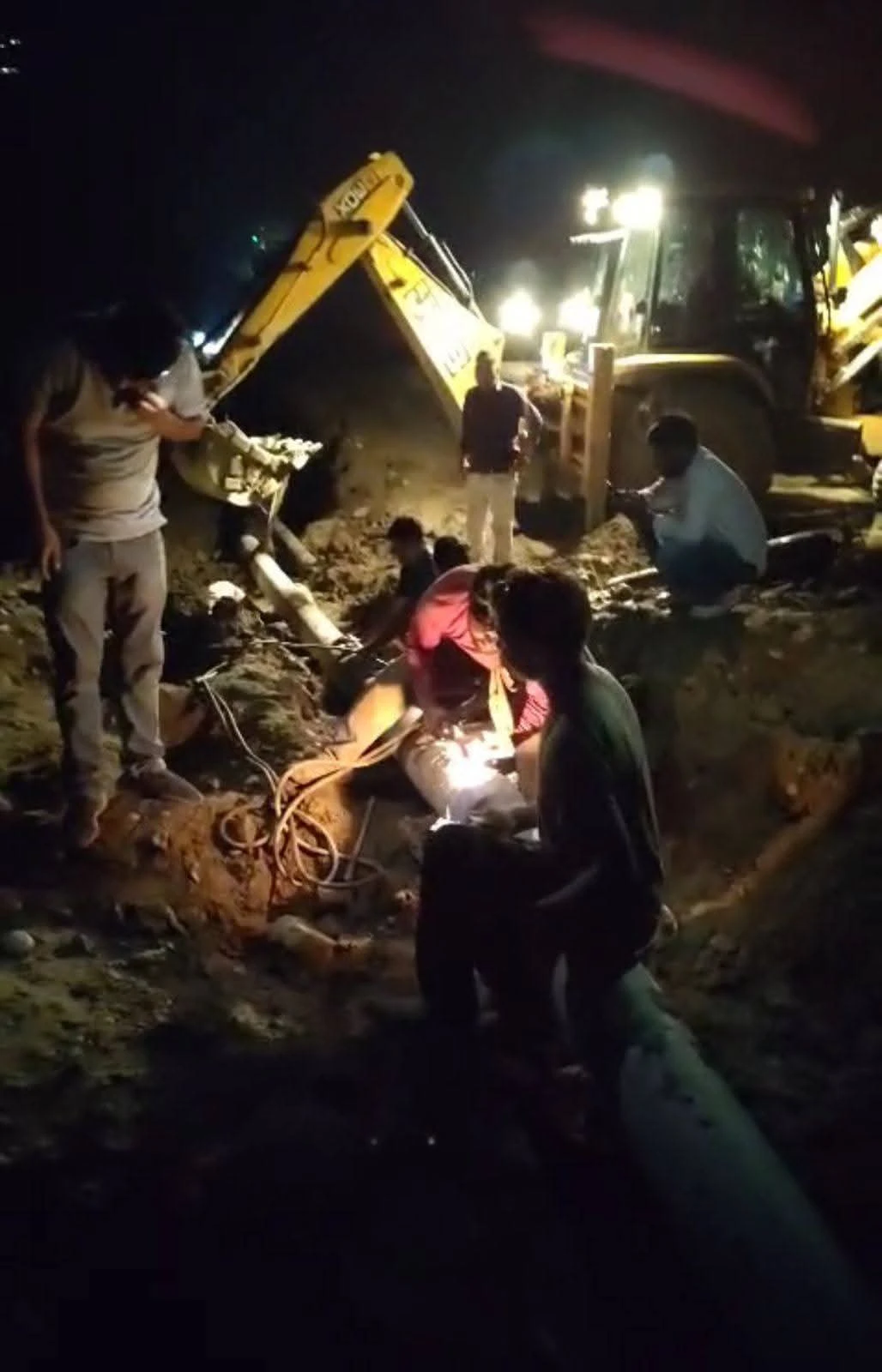Making Hydro Power Development more Viable
3 min read
Shimla, Nov. 12 Vijay Verma
The increasing thrust on Solar power development in India as a means of economically and environmentally more viable option is perhaps relegating hydro power development to the back burner. The union government aims at harnessing more than one lac MW of Solar power in the country during the next five years, said Nand Lal Sharma, Chairman and Managing Director of public sector SJVN Limited here today.
As a measure to achieve the target, solar power in the country is being harnessed by developing large solar parks at potential places and implementing the projects at competitive tariff based bidding, he said. With the reducing cost of solar power at a tariff of around Rs.2.7 a unit, the other sources of power generation are being considered economically less viable, he explained. Hydro power which had long been considered as the most environment friendly source is perhaps also losing its sheen owing to the high cost of implementation and the resultant cost of power atleast during the initial years of operations, he told.
However there are still a host of options of making hydro power development competitive and economically viable, he told.
Relating the innovative approach of reducing cost of hydro power development in respect of their 210 MW Luhri stage-1 and 66 MW Dhaulasidh hydro power projects in Himachal Pradesh and further receiving investment approvals of the government of India recently, Sharma told how the levelised tariff had been brought down to Rs.4.06 a unit and Rs.4. 46 a unit for the two projects respectively from Rs.6 to Rs. 7 a unit estimated earlier.
The government of India as well as the government of Himachal Pradesh, he told, had accorded all the necessary approvals which helped bringing down cost of implementing these projects to Rs.1810.56 crore for the 210 MW Luhari-1 and Rs 687 crore for the 66 MW Dhaulasidh hydro power projects. While SJVN had been successful in substantially negotiating the cost of land, which hitherto was one of the major cost of the project, with land owners, the government of Himachal Pradesh too had accepted the company’s proposal of partially deferring the benefits of free power as well as reducing the State GST to half in respect of power components for the projects. Instead of getting flat 12 percent free power from the projects, Sharma told, the state government will now get 4 percent free power during the initial 10 Years followed by 8 percent during the next 15 years and 12 percent during the remaining life of the projects estimated at 40 years and 25 percent beyond.
The government of India too had extended special incentives for the hydro power projects, he told. Hydro power buying, he said, had been made mandatory for the DISCOMS while support of meeting cost of infrastructural development for the projects was also being made.
SJVN targets to compete implementation of these two projects within the allocated time frame and costs.
SJVN has also taken up two solar power projects in Gujarat on competitive tariff of Rs.2.80 and Rs.2.73 a unit. The company is already operating 6.91 MW of Solar Plants.






